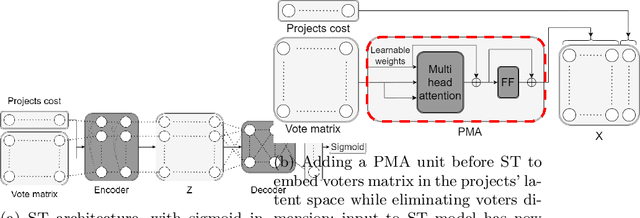Roy Fairstein
Detecting Struggling Student Programmers using Proficiency Taxonomies
Aug 24, 2025Abstract:Early detection of struggling student programmers is crucial for providing them with personalized support. While multiple AI-based approaches have been proposed for this problem, they do not explicitly reason about students' programming skills in the model. This study addresses this gap by developing in collaboration with educators a taxonomy of proficiencies that categorizes how students solve coding tasks and is embedded in the detection model. Our model, termed the Proficiency Taxonomy Model (PTM), simultaneously learns the student's coding skills based on their coding history and predicts whether they will struggle on a new task. We extensively evaluated the effectiveness of the PTM model on two separate datasets from introductory Java and Python courses for beginner programmers. Experimental results demonstrate that PTM outperforms state-of-the-art models in predicting struggling students. The paper showcases the potential of combining structured insights from teachers for early identification of those needing assistance in learning to code.
Learning Aggregation Rules in Participatory Budgeting: A Data-Driven Approach
Dec 01, 2024



Abstract:Participatory Budgeting (PB) offers a democratic process for communities to allocate public funds across various projects through voting. In practice, PB organizers face challenges in selecting aggregation rules either because they are not familiar with the literature and the exact details of every existing rule or because no existing rule echoes their expectations. This paper presents a novel data-driven approach utilizing machine learning to address this challenge. By training neural networks on PB instances, our approach learns aggregation rules that balance social welfare, representation, and other societal beneficial goals. It is able to generalize from small-scale synthetic PB examples to large, real-world PB instances. It is able to learn existing aggregation rules but also generate new rules that adapt to diverse objectives, providing a more nuanced, compromise-driven solution for PB processes. The effectiveness of our approach is demonstrated through extensive experiments with synthetic and real-world PB data, and can expand the use and deployment of PB solutions.
 Add to Chrome
Add to Chrome Add to Firefox
Add to Firefox Add to Edge
Add to Edge